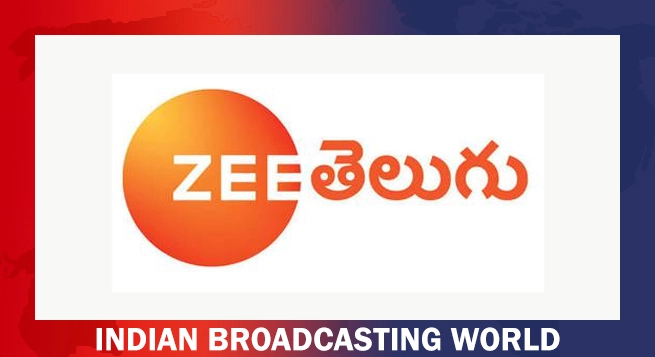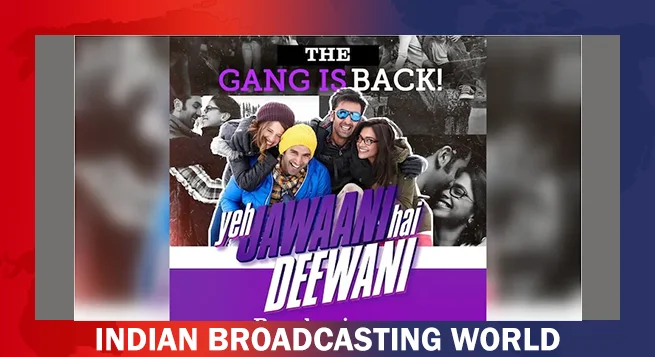AppsFlyer, in partnership with Liftoff, has released the State of App Marketing for Subscription Apps, an in-depth report containing key insights that detail consumer trends and help marketers understand how subscription apps are navigating the age of digital privacy.
As subscription-based apps grow year-over-year (YoY), reflecting the change in consumer behavior, apps in multiple categories have begun to adopt the subscription model. While gaming apps represent almost 11 percent of all subscription apps, it’s non-gaming apps (health and fitness, photography, and entertainment) that make up the lion’s share of apps that offer a subscription.
The growth is also positive for app developers. Subscription-based monetization strategies are predictable, easily tested, and therefore have the potential to be more profitable, AppsFlyer said in a press release.
Additionally, subscription apps in app stores receive a higher revenue share from subscription fees compared to non-subscription apps, with developers receiving 70 percent of subscription revenue, which rises to 85 percent after a year.
Some global trends from the report include the following:
Gaming App Installs Drop: The report said the gaming app installs dropped 18 percent from August 2021 to March 2022, but non-gaming iOS app installs surged 25 percent since November 2021. Although gaming apps are the well-known leaders in mobile advertising thanks to their data savvy-ness, the post-Apple’s App Tracking Transparency (ATT) iOS data reality has proven challenging because of their reliance on user-level data. Gaming apps that offer subscriptions experienced a sharp 18 percent decline in iOS installs, with Android dropping 8 percent. Non-gaming apps, however, saw a 13 percent YoY increase in total installs during January 2022.
Entertainment Apps Surge: Demand for entertainment streaming apps surged 13 percent YoY in the number of iOS app installs, except in North America. Apple’s market penetration in new and emerging markets played a role in this growth, with installs increasing 113 percent in LATAM and 47 percent in the Indian subcontinent.
However, North America deviated from the trend with installs dropping 15 percent on Android and 17 percent on iOS, possibly indicating that users have too many choices and are facing a highly fragmented set of services, some of which may be dropped during an economic downturn.
Remarketing conversion for entertainment streaming apps increased by 2x on Android. Remarketing is a relatively cost-effective solution for closing highly valuable subscriptions. However, due to far less user-level data as a result of Apple’s ATT framework, remarketing on iOS has become challenging. This has led to an increase in remarketing activities on Android.
Conversion Rate: 2.1 percent of users who install non-gaming apps that offer subscriptions go on to subscribe within 30 days post-installation compared to gaming apps that convert at only 0.2 percent. In non-gaming apps, subscribing to content has become practically mainstream, whereas in gaming, it’s only a very small group of users who spend generously on gaming apps. Securing conversions from these players can be extremely valuable for gaming apps.
Subscriptions Drive Revenues: The report said 82 percent of revenue generated on average for non-gaming subscription apps, unlike gaming in which only 36 percent of revenue came from subscriptions. When it comes to subscription revenue, despite a very low share of payers, 36 percent of revenue is driven by subscriptions in gaming apps that offer this pricing model. Non-gaming content subscriptions are well established and are usually the primary, if not the only, source of revenue for non-gaming subscription apps.
Gaming apps garnered the highest ATT opt-in rates at 54 percent. North American users are 32 percent more likely to opt-in on gaming apps compared to non-gaming, but it is non-gaming apps that showed greater variance, with opt-in rates as low as 36 percent in Eastern Europe and as high as 54 percent in Latin America.
“While app marketers are drawn to adopting a subscription pricing model because it allows them to better predict future income and enjoy a recurring revenue stream, in reality, it’s vital to understand that offering a subscription model is a major commitment,” said Shani Rosenfelder, Head of Content & Mobile Insights, AppsFlyer.
“Subscription apps thrive when providing continuous value and content and building personal relationships with their users. If an app cannot deliver on its promise to provide continuous value and content, the subscription model will not work,” Rosenfelder added.
“Subscription app marketers need to focus on long-term retention, given how challenging acquiring new subscribers can be,” said Dennis Mink, SVP Marketing, Liftoff, adding, “Best to start by optimizing UA campaigns for registration and subscription events, followed by re-engagement campaigns on Android, which can be incredibly effective.”
AppsFlyer and Liftoff report analyzed a total of 6 billion installs of apps that offer a subscription between January 2021 to March 2022, 3,000 apps identified as subscription apps with at least 3,000 installs per month.
 TRAI revamps website to connect with wider audience
TRAI revamps website to connect with wider audience  Prime Video to limit in India number of TV sets having access per subscription
Prime Video to limit in India number of TV sets having access per subscription  Zee Telugu wraps up 2024 with ‘Sa Re Ga Ma Pa Party’
Zee Telugu wraps up 2024 with ‘Sa Re Ga Ma Pa Party’  Disney+ Hotstar unveils ‘Gunaah’ S2 teaser
Disney+ Hotstar unveils ‘Gunaah’ S2 teaser  ‘The Secret of The Shiledars’ to premiere on Disney+ Hotstar Jan 31
‘The Secret of The Shiledars’ to premiere on Disney+ Hotstar Jan 31  ‘All We Imagine As Light’ to stream from Disney+ Hotstar on Jan 3
‘All We Imagine As Light’ to stream from Disney+ Hotstar on Jan 3  ‘Yeh Jawaani Hai Deewani’ returns to theatres Jan 3
‘Yeh Jawaani Hai Deewani’ returns to theatres Jan 3 








